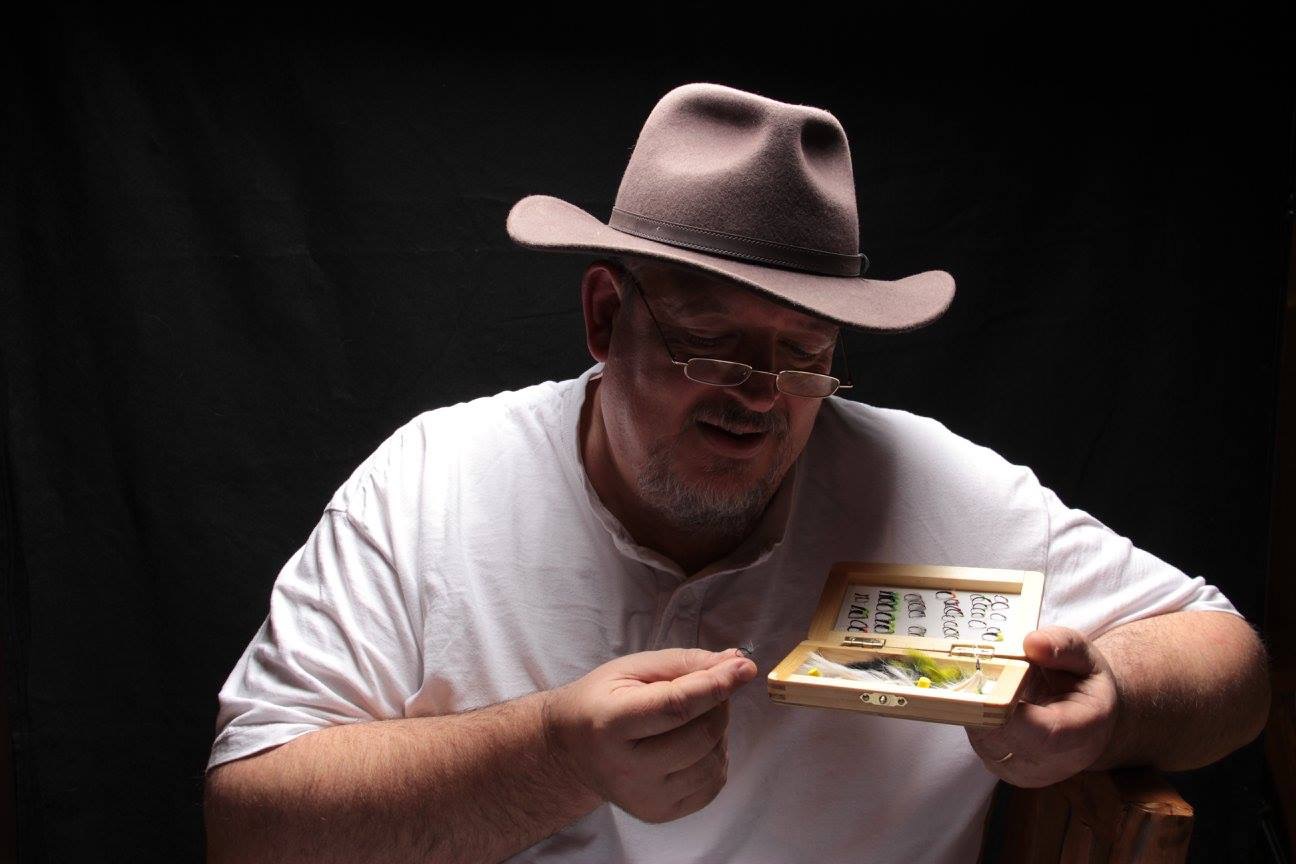Feathers, Capes & Wing Quills
 Feathers ranging from cdc feathers as a buoyant material which are an incredible material to biots from wing quills are used with feathers for wings, as legs on spiders. Capes provide feathers for hundreds or even thousands of flies depending on the cape grade.
Feathers ranging from cdc feathers as a buoyant material which are an incredible material to biots from wing quills are used with feathers for wings, as legs on spiders. Capes provide feathers for hundreds or even thousands of flies depending on the cape grade.
What feathers are used in fly tying to create fishing flies? Typically today we use feathers from birds like:
- Duck
- Turkey
- Partridge
- Pheasant
- Peacock
- Jungle Cock
- Starling
- Magpie
- Snipe and most importantly
- Chickens, both hens and cockerels
 In Victorian times exotic birds were used to tie fishing flies and include many now endangered, illegal or extinct species of birds such as
In Victorian times exotic birds were used to tie fishing flies and include many now endangered, illegal or extinct species of birds such as
- Toucan
- Blue Macaw
- Jungle Cock
- Swans (owned by the Crown in the UK)
However thtoday many specialist birds, particularly Chickens are specially bred for their plumage for use in fly tying by companies. Many birds from natural bred birds to birds hunted as a game species like Partridge and pheasant are used. Big movements have occurred as fly fishermen have become more aware of species decline. Good news for the environment.
| Later Victorian patterns promoted by George M. Kelson in the book The Salmon Fly, 1895show patterns for the Jock Scott, probably the most renowned of all classic salmon fly patterns and shows the type of feathers that were used feathers just not sensible, legal or even available today. Although many feathers such as Toucan are available from captive birds like Toucan and species such as Jungle Cock are farmed many of these species are on the IUCN Red List as an endangered species. It is not possible for us to prove that the feathers have come from a captive or bred animal. Caught with these feathers or caught with the fly tying feathers on a tied fly could land a fly fisherman is deep legal trouble.
| 1895 Tying Of Jock Scott Salmon Fly | |||
| Tag: | Silver twist and yellow silk. | |||
| Tail: | A topping and Indian Crow. | |||
| Butt: | Black herl | |||
| Hackle: | A natural black hackle, from centre. | |||
| Body: | In two equal sections :
| |||
| Throat | Gallina (Hen Chicken) | |||
| Wings: | Two strips of black Turkey with white tips, Golden Pheasant tail, Bustard, grey Mallard, Peacock (sword feather) Swan dyed blue and yellow, Red Macaw, Mallard, and a topping. | |||
| Sides: | Jungle Cock IUCN Red List | |||
| Cheeks: | Chatterer IUCN Red List | |||
| Horns: | Blue Macaw | |||
| Head: | Black herl | |||
To match natural many specialist chickens have been bred with colored capes matching specific needs of the fly tyer. Colors of capes and feathers using by fly tyers include:
- Furnace
- Grizzle
- Cree
- Ginger
- Brown
- Barred
- Dun
- Black
- Badger

Specialist Feather Producers with chicken farms dedicated to breeding specialist feathers for the fly tying and for the fly fishing industry include:
- Metz
- Whiting
- Keough and
- many specialist breeders








Fascinating. As a beginner it's great to have this sort of information. The more I learn, the more interesting this whole area becomes.